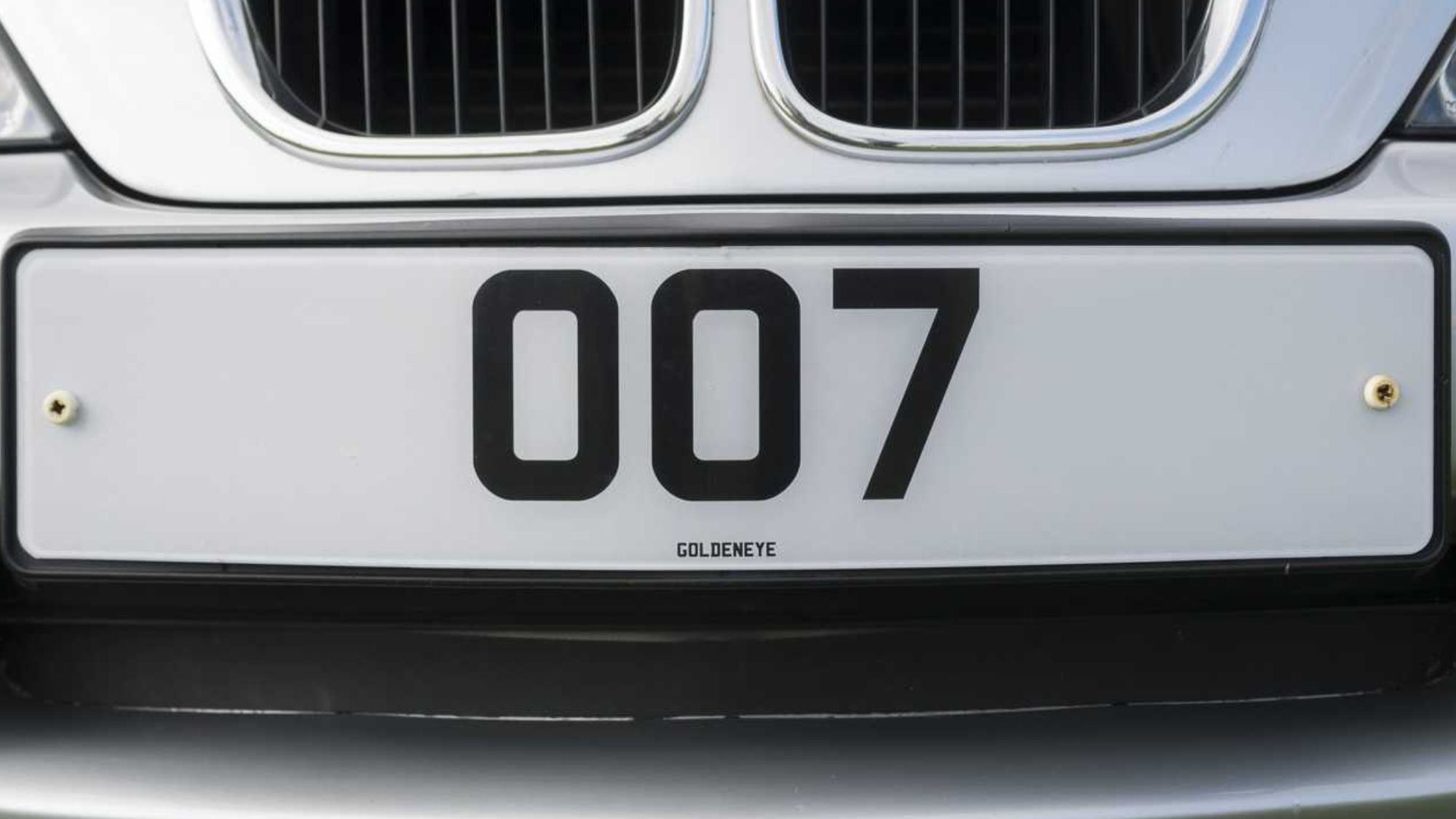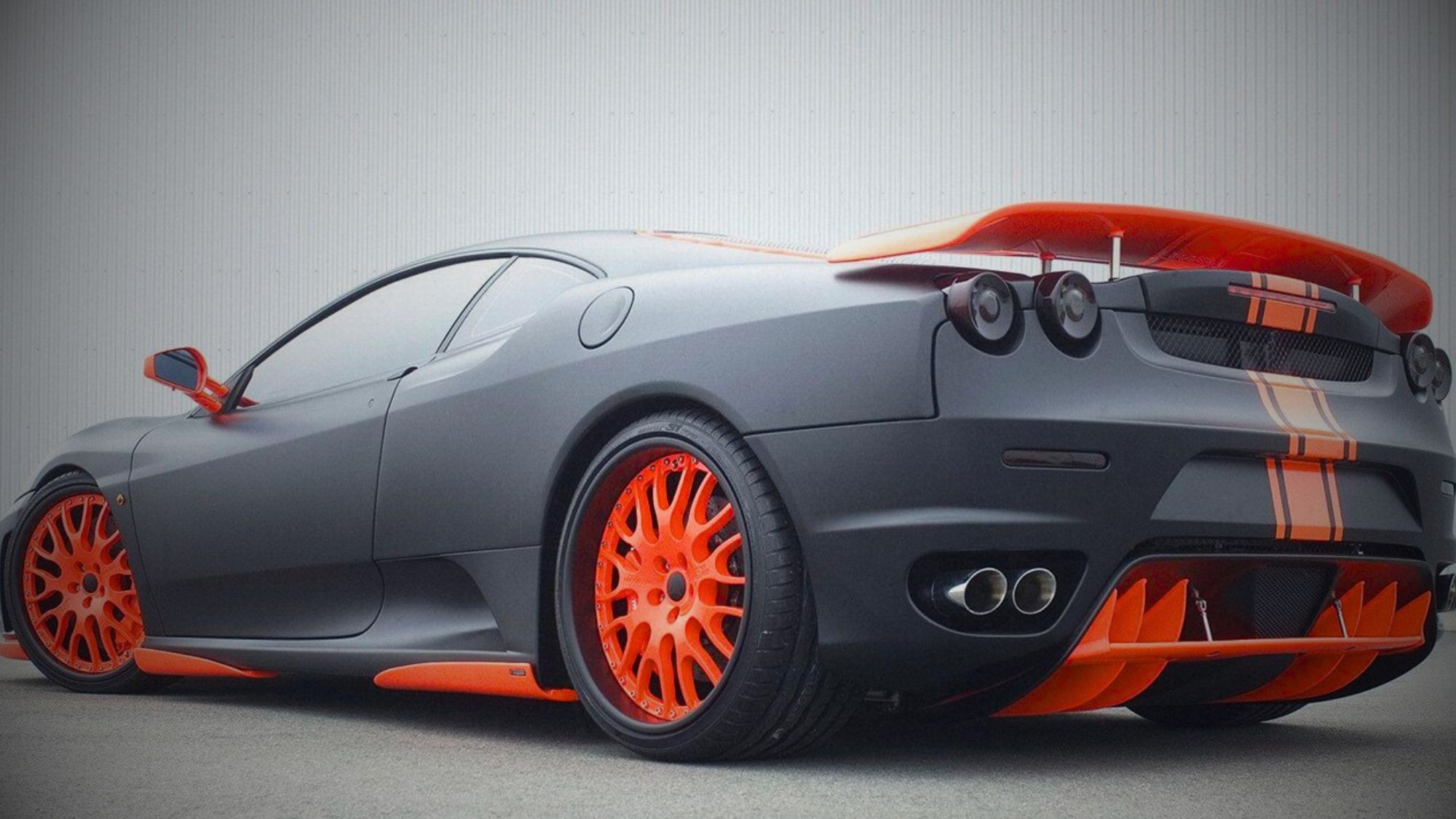Modifying a vehicle in general, is referred to as car tuning or sometimes even car styling. It means changing your vehicle away from that of the company’s original specifications. This could involve installing accessories for better performance, like upgraded brakes, steering systems, and suspension components, which change a car’s performance. Alternatively, modifications are made based on appearance, like changing the colour, headlights, or grille of the car to set it apart.
In contrast to repair work, which is carried out to replace damaged parts with ones of factory specifications, car modification seeks to personalise a vehicle for improved cosmetics or handling. The enthusiasts fit bespoke car parts and accessories, such as 4D number plates, to further personalise the vehicles. Style or performance, whatever might be the objective of car modification, helps owners mark their individuality and get a taste of a customised drive that is distinct on roads. In this article, we’ll discuss some key considerations according to rules and regulations while modifying a vehicle.
Neon Lights:
Neon light alterations are mostly forbidden in auto parts. One of the very few ways that neon lights can be fitted legally to your car is under the vehicle. However, neon tubing is not allowed to be visible and neither is the light from it to be too dazzling in brightness; this will distract other motorists. In the UK, white or yellow lights may be fitted only to the front, while only red lights may be fitted to the rear.
Red, green, or purple tints to your headlights, or any bright neon or flashy lights to the outside or inside of the car. Are probably grounds for being pulled over by police officers. Also, bulbs with a colour temperature above 4,200 K are not road-legal. That is because they have a slight blue tint. Blue flashing lights are reserved for emergency services only, so this would be further undetectable. While it is legal only for police vehicles, ambulances, firefighters, and the coastguard. Also, your lights shouldn’t be dimmed by more than 50% to maintain adequate visibility.
Window Tints:
You can tint your windows, but only up to a certain degree. This means the front windscreen needs not to have more than 25% tint. While side windows have a limit of a maximum of 30% tint, for both to promote clear vision. The exception is on vehicle headings, placed on the road before 1 April 1985. Where both the front windscreen and side windows need to be 75% without a tint. The seller does not have the right to sell a car that does not satisfy these criteria. Proper window tinting will ensure not only privacy. And decreased glare but also keep you within the bounds of the law.
Loud Exhausts:
A loud, roaring car might sound exciting to you, but it really can be a pain in the neck for everybody else. The legal limit on an exhaust is 74 decibels. Modifying a vehicle, any changes above that are illegal. All cars are ‘type approved’ under the IVA scheme before being sold to ensure that they meet all the necessary emission and safety regulations. The standards thus help in striking a balance between enjoying a very powerful car. And being considerate of other people’s peace and the environment.
Spoiled Spoilers:
Changing a spoiler in itself is not illegal, but how it is changed can be. In this respect, many drivers decide to change the spoilers of their vehicles for increased speed. While driving and improved aerodynamics. But if a spoiler is badly or loosely attached, or if it has sharp edges. It becomes reckless and a potential hazard to other drivers. And if the police do catch you with one, you will probably be ordered to remove it on the spot. This also holds if your spoiler is too big and creates a blind spot. As a general rule of thumb, your spoiler should be no longer than three inches in width and mounted only about six inches above the roofline. Taking care that your spoiler is securely fastened and of a proper size contributes to safety and the avoidance of problems with the law.
Number Plate: 
There are specifications for number plates, conditioning their legality and readability. The number plates shall be made of reflective material. The front number plate should have black characters on a white background. While the rear number plate should have black characters on a yellow background with no patterns at the back. Moreover, every plate should contain an outsourced or supplier mark. While plates fitted from September 1, 2021, should contain the number denoting British Standard, ‘BS AU 145e’. Furthermore, characters used in these plates should never be removable or reflective and have to be of a single black tone/colour. This is to say, these standards should guarantee the visibility and clarity in the identification of number plates.
Read Also; 7 Preventive Maintenance Tips for Your Car Engine
